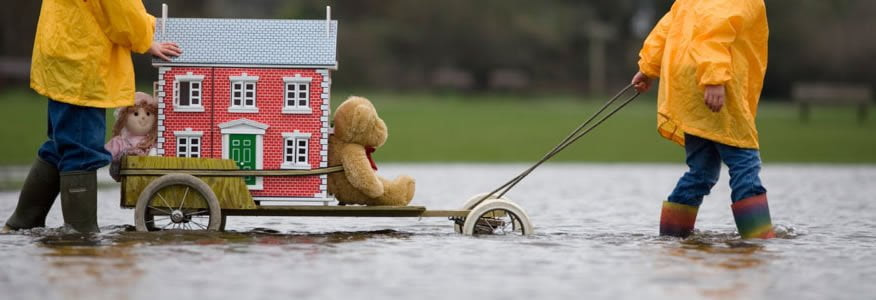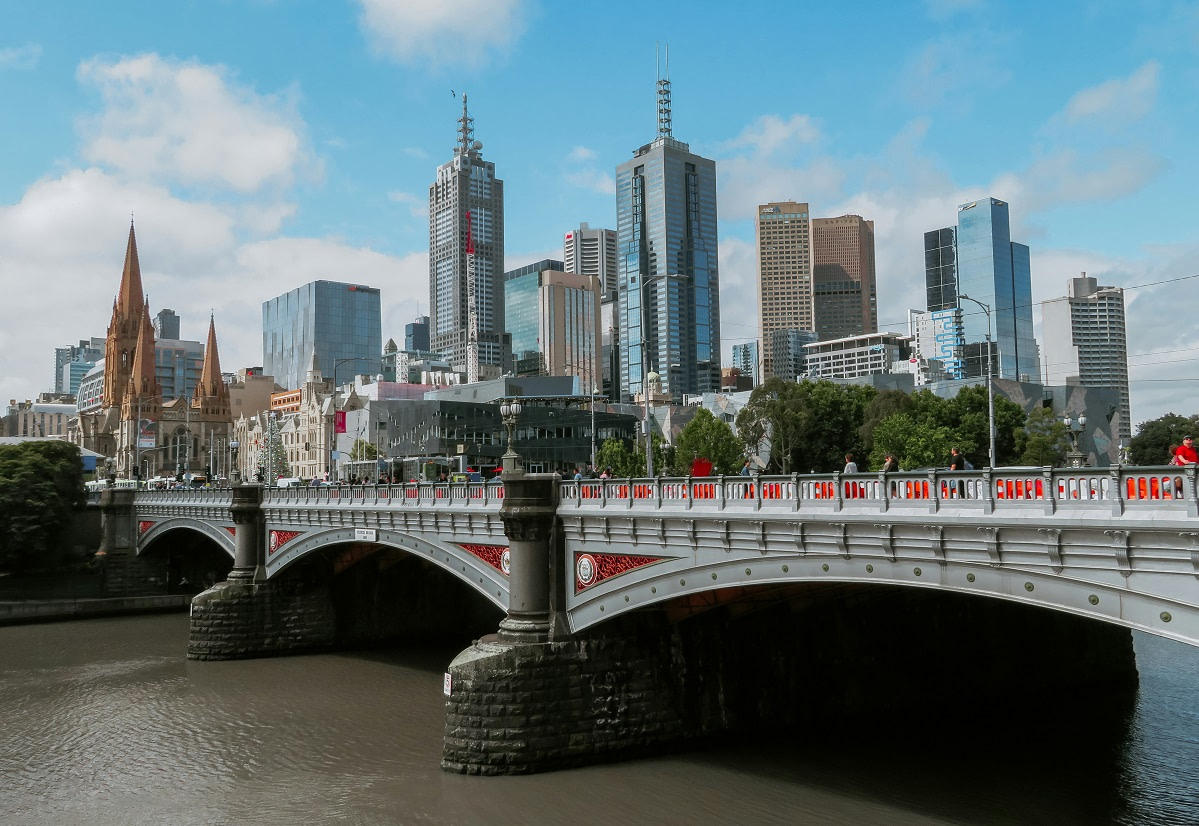Last Updated on June 12, 2023 by Vlad Stoikovich
Are you preparing for a move and worried about how to tackle it amidst unpredictable weather conditions like rain, snow(Editor’s note. We have done moves in the snow in Outer Melbourne!), or sweltering heat? Fear not, as this article will provide you with essential tips to ensure a smooth and successful relocation, regardless of what Mother Nature has in store for you.
1. Preparing for the Move
Preparing for a move in bad weather requires careful planning and consideration. To ensure a smooth process, be well-prepared and take some precautions.
- Check the weather forecast frequently in the days leading up to your move, and be prepared to adjust your plans accordingly.
- Pack your belongings in sturdy, waterproof containers or use plastic wrap to protect them from moisture. This will prevent damage from rain or snow.
- Have plenty of old towels, blankets, or plastic sheets available to cover the floors and protect them from dirt and water during the move.
- Hire a professional moving company with experience in dealing with adverse weather.
- Plan your moving route carefully and have an alternative route in mind as well.
- If possible, prepare a sheltered area for loading and unloading your belongings to minimise exposure to rain, snow, or heat.
- If severe weather is forecast, consider a change of plan. Moving in gale-force winds, torrential rain or similar is dangerous.
The Bureau of Meteorology is a useful resource for up-to-date weather forecasts and warnings in Australia.

2. Protecting Your Belongings
Protecting your belongings during a move using appropriate storage containers to ensure their safety and prevent damage. To achieve this, follow these steps:
- Use high-quality, waterproof packing materials such as plastic containers, bubble wrap, and heavy-duty moving blankets. These materials can be purchased from HomeMove’s online store, Bunnings or other local retailers.
- Seal cardboard boxes with strong packing tape to protect them from moisture. Additionally, reinforce the bottom and corners of the boxes to prevent collapsing during the move.
- Wrap delicate items such as electronics, artwork, and important documents in plastic bags or waterproof covers. Alternatively, place them in watertight containers to keep them dry.
- When loading your belongings onto the moving vehicle, cover them with large waterproof tarps to protect from rain, snow, or direct sunlight.
Take extra care when moving in extreme heat, as high temperatures can cause damage to certain items. Avoid leaving temperature-sensitive items such as electronics, candles, and vinyl records in hot vehicles for extended periods.
3. Dressing Appropriately
When moving in bad weather, dress for both comfort and safety. Whether you’re dealing with rain or heat, your clothing choices can greatly impact your moving experience.
In rainy conditions, opt for waterproof jackets and pants, as well as non-slip footwear to prevent accidents. Choose moisture-wicking base layers, insulating mid-layers, and waterproof outer layers. Additionally, wear gloves and a hat to protect your extremities.
In hot weather, choose light, breathable fabrics like cotton or moisture-wicking synthetics to help regulate your body temperature. Wear light colours that reflect sunlight, and don’t forget sun protection, such as sunglasses, a hat, and sunscreen.
And on hot days… be careful with your sunglasses left in your car or you might be sorry.
 For more information on dressing for different weather conditions, visit the Bureau of Meteorology website.
For more information on dressing for different weather conditions, visit the Bureau of Meteorology website.
- Waterproof jackets and pants for rainy conditions
- Moisture-wicking base layers, insulating mid-layers, and waterproof outer layers for cold and snowy weather
- Light, breathable fabrics in light colours for hot weather
- Sun protection, such as sunglasses, a hat, and sunscreen
4. Managing Rainy Conditions
When moving in rainy conditions, it’s crucial to protect your belongings and ensure safety measures are in place. Here are six tips to help manage the situation:
- Waterproof packing: Use plastic bins or waterproof bags to pack your belongings, ensuring they stay dry during the move. You can also wrap fragile items in bubble wrap for added protection. Statistics show that Australia experiences heavy rainfall, making this an essential step.
- Clear pathways: Ensure all paths are free from standing water and debris before moving items. This will help prevent slips and falls, ensuring a safer moving process.
- Wear appropriate clothing: Dress in waterproof jackets, non-slip footwear, and gloves for better grip and protection from the elements.
- Utilise trolleys and dollies: Using a trolley or dolly will help transport heavy items more efficiently and reduce the risk of injury during wet conditions.
- Protect floors: Lay down plastic sheets or old towels on the floors to prevent water damage and slipping hazards.
- Plan ahead: Keep an eye on weather forecasts and plan accordingly, including having a backup moving date if necessary. Visit the Australian Government Bureau of Meteorology for accurate weather updates.
5. Coping with Extreme Heat
Extreme heat can be a major challenge when moving, so be prepared. Begin by scheduling your move early in the morning or late in the afternoon to avoid the hottest part of the day. Make sure to stay hydrated by drinking plenty of water and taking regular breaks in shaded areas.
Wear lightweight, breathable clothing and use sun protection, such as sunscreen, hats, and sunglasses. To protect your belongings from heat damage, especially electronics and delicate items, consider using insulation materials like bubble wrap or moving blankets.
Keep an eye on the local weather forecast and be prepared to reschedule your move if temperatures become too extreme. If you have any doubts about your ability to cope with the heat, consider hiring a professional moving company with experience in extreme weather conditions. HomeMove’s team are well versed in hot home moves – we do them all the time.
After reading this article, we hope you have gained valuable insights on how to successfully manage a move amidst unpredictable weather conditions. By following the essential tips and precautions outlined, you can ensure a smooth and safe relocation, while protecting your belongings and prioritizing your safety. Remember, careful planning and consideration are key to overcoming the challenges that Mother Nature may present during your moving process.

Vlad Stoikovich is the General Manager of HomeMove, with more than twenty years in the Melbourne removalist industry, you won’t find anyone with more experience or greater integrity.







